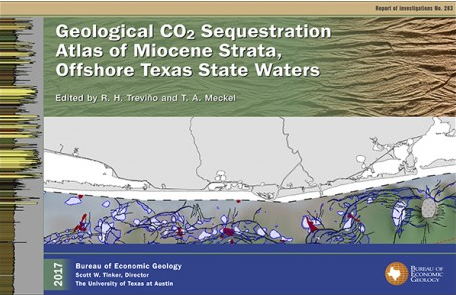Oriskany Formation, Appalachian Basin (10)
Western Pennsylvania, Eastern Ohio, and Eastern Kentucky
Comments on Geologic Parameters
10 Fluid Residence Time:
Headlee and Joseph (1945) and Dressel (1985) discussed brines in the Oriskany. Plots of sodium and chloride versus bromide and versus MCl2 indicate that the source of the brine is seawater (Dressel, 1985). Moreover, Trapp and Horn (1997) stated that rocks of the Appalachian Plateaus are only mildly deformed. The lower geologic section is unable to receive fresh water as recharge or to readily discharge entrapped fluids such as brine. This statement implies that fluid residence times are extremely long, probably on the order of millions of years. Hence, we put fluid residence times for the Oriskany Sandstone brines across the central Appalachian Basin at more than 1,000,000 yr.
10 Reference:
Dressel, P. E., 1985, The geochemistry of oil-field brines from western Pennsylvania: Pennsylvania State University, Master's thesis, 128 p.
Headlee, A. J. W., and Joseph, J. S., 1945, Permeability, porosity, and water content of natural gas reservoirs, Kanawha-Jackson and Campbells Creek Oriskany fields: West Virginia Geological Survey Bulletin No. 8, 16 p.
Trapp, H., Jr., and Horn, M. A., 1997, Ground water atlas of the United States-segment 11, Delaware, Maryland, New Jersey, North Carolina, Pennsylvania, Virginia, West Virginia: U.S. Geological Survey Hydrologic Investigations Atlas No. HA-730-L, 30 p.



